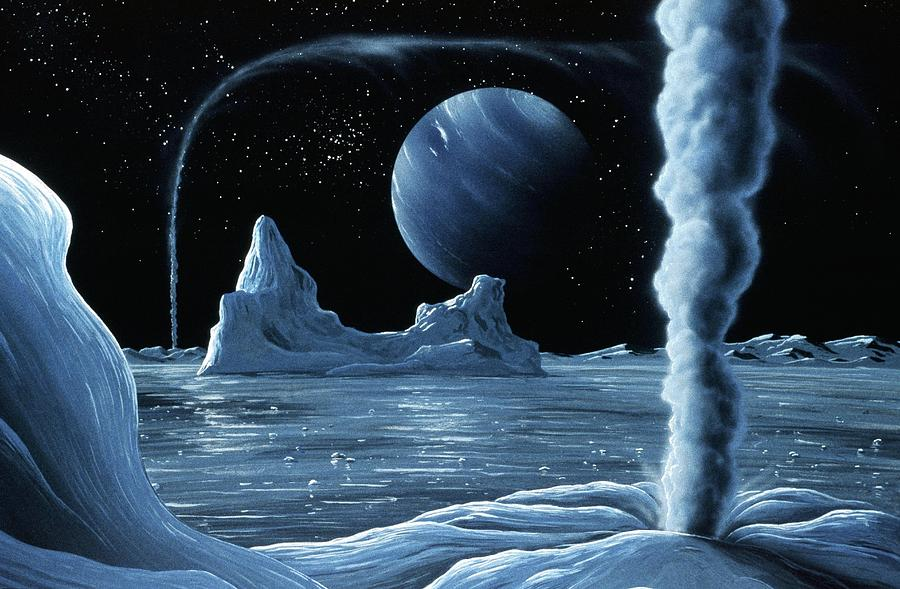The black holes can be closer than we expected. But how close they can be?
Researchers found the closest black hole-candidates in the Hyades star cluster. "The Hyades Star Cluster is the closest cluster of stars to the Sun. The Hyades open cluster is bright enough to have been remarked on even thousands of years ago, yet is not as bright or compact as the nearby Pleiades (M45) star cluster. Pictured here is a particularly deep image of the Hyades which brings out vivid star colors and faint coincidental nebulas. Credit & Copyright: Jose Mtanous" (ScitechDaily.com/Hyades Star Cluster Revelations: Earth’s Nearest Black Holes Uncovered)
Distance to black holes is hard to measure. The massive gravity in the black holes stretches light, causing enormous redshift. That's why the black holes can easily seen being at longer distances than they are. There is a theory that black hole is lurking even inside our solar system. The idea is that the mysterious "Planet X" that causes anomalies in Neptune's trajectory is about a grapefruit-size black hole. But the question is, how that black hole can be stable?
Why would it not vaporize? The thing that causes questions about that black hole is the mysterious X-ray flares in Uranus' atmosphere. The source of those X-ray flares is high-energy particles. And one of the possible sources for those high-energy particles is a black hole in our solar system.
Above: Artist's impression of Triton's cryovolcano.
Cryovolcanoes or nitrogen smokers on Triton.
Another thing that causes questions is the mysterious black nitrogen smokers on Triton Moon. There is some kind of ray-shaped energy impact that forms those icy geysers on that icy moon. Could the thing that causes those black geysers be the Einstein-Rose bridge or wormhole that travels through Triton? Conditions on that icy moon should be extremely stable. And the temperature along with gas pressure are very low. So forming the icy geyser requires some kind of energy impact.
And if that energy impact would be some kind of gravitational effect from Neptune that causes a much larger volcanic phenomenon. The third thing that causes questions is the fresh ice at Pluto's south pole (down in the image). That fresh ice seems like some kind of eruption from under the icy shell of that dwarf planet. What causes that quite large water eruption on that dwarf planet?
Dwarf planet Pluto in New Horizon's image. You can see white fresh ice at its south pole. The interesting thing is this. The white material seems to travel in two directions. And it is, of course, possible that Charon's moon's gravity causes that thing. But is its gravity strong enough that it causes that effect? And what is another particle flow's, or another effect's source that causes the other route for that Y-shaped ice structure?
Is there some kind of common mass center between the Sun and Proxima Centauri?
The thing that causes questions about the common mass center between Alpha Centauri and the Sun is Proxima Centauri. Or Alpha Centauri C: which is another name for Proxima. That orbital period is very long, and that could explain why Proxima is so long the closest star to the Sun. The Proxima system travels around Alpha Centauri in 547000(+6600−4000) years.
That red dwarf is the third participant in the Alpha Centauri binary star system. Proxima Centauri orbits Alpha Centauri A and B. And that means it should sometimes turn in the opposite direction from the sun to another side of Alpha Centauri.
So how long does that star remain as the closest star to our sun? If there is some kind of common mass center between Alpha Centauri and the Sun, that thing causes the situation that Proxima Centauri is always the closest star to our solar system. The only invisible mass center is a black hole.
https://edition.cnn.com/2021/04/01/world/uranus-xrays-detected-scli-scn-intl/index.html
https://www.go-astronomy.com/planets/neptune-moon-triton.htm
https://www.nasa.gov/image-feature/detecting-x-rays-from-uranus
https://phys.org/news/2019-09-planet-primodial-black-hole.html
https://scitechdaily.com/hyades-star-cluster-revelations-earths-nearest-black-holes-uncovered/
https://en.wikipedia.org/wiki/Cryovolcano
https://en.wikipedia.org/wiki/Proxima_Centauri








No comments:
Post a Comment
Note: Only a member of this blog may post a comment.